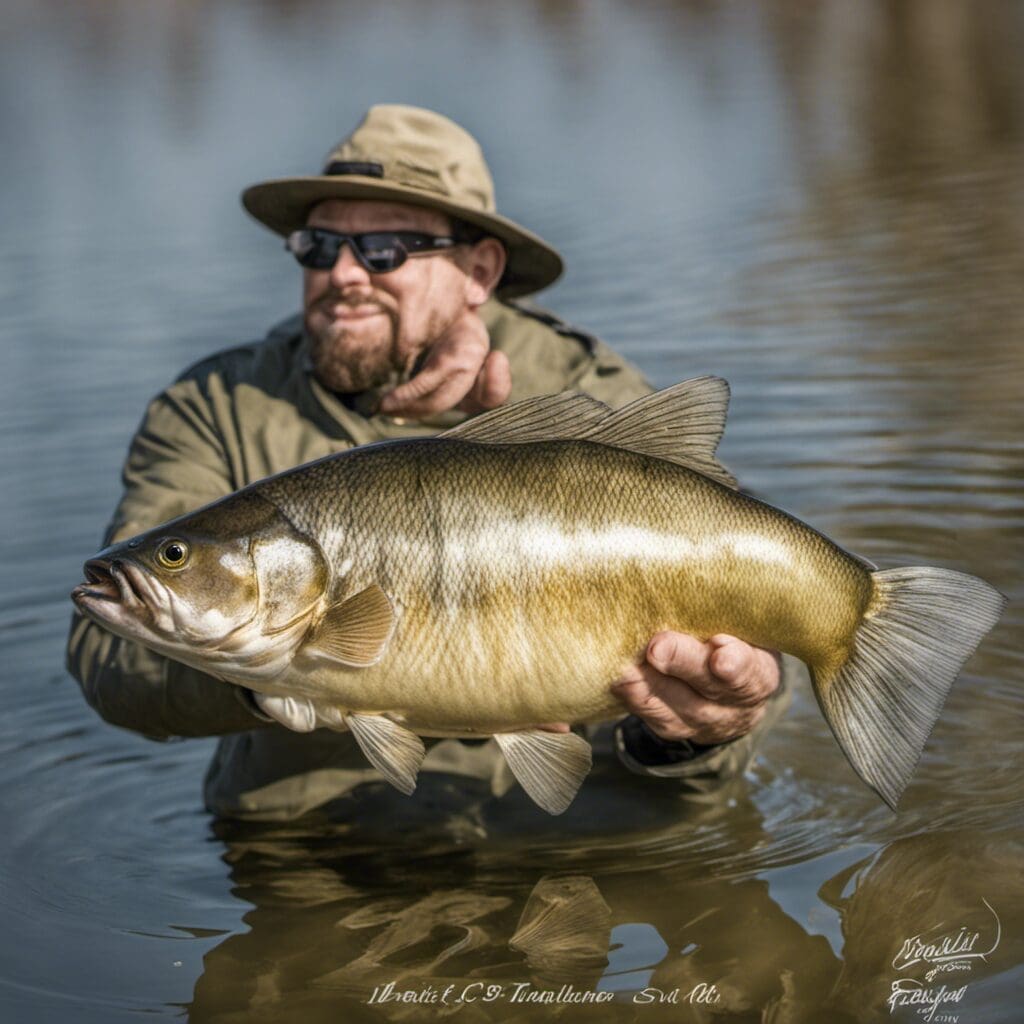Introduction
The Brassy Chub, scientific name Kyphosus vaigiensis, is a species of ray-finned fish from the family Kyphosidae. Known for its robust nature and brassy hue, the species is renowned for its strength and resistance, making it an interesting catch for both novice and experienced anglers.
Conservation Status
The Brassy Chub is yet to be evaluated for the IUCN Red List of Threatened Species, a comprehensive inventory of the global conservation status of biological species. Nonetheless, targeted conservation efforts are integral to maintaining healthy population numbers of the species.
Statistics
The Brassy Chub presents fascinating stats and figures. Here’s a brief summary:
| Length (Average) | 35 cm |
|---|---|
| Length (Range) | 10-50 cm |
| Weight (Average) | 1 kg |
| Weight (Range) | 0.5-2 kg |
| Average Lifespan | 10-15 years |
Distribution
The Brassy Chub is a global swimmer, found in regions around the Indo-Pacific, the Atlantic, the Red Sea, and Hawaii, among others. They do not adhere to specific migration patterns and are found globally all-round the year.
Habitats
Typically, a Brassy Chub favors warm, subtropical waters in both oceanic and coastal habitats. They thrive in depth ranges of 1-100 meters and in temperatures from 15 to 30°C.
When and Where to See
Brassy Chubs are highly active during the day and may be most visible during warm, clear weather. They are most frequently spotted during the warm months of spring and summer.
Best Fishing Locations
Top fishing locations for the Brassy Chub are:
- Hawaii, United States
- The Andaman Sea, Thailand
- Eastern Mediterranean Sea, Turkey
- Great Barrier Reef, Australia
When fishing for Brassy Chub in an unknown location, look out for temperate, shallow waters rich in marine life.
How to Catch
The Brassy Chub can be caught using a variety of bait. The species often succumbs to lures mimicking small fish. Popular techniques for catching them include trolling and bottom fishing, with fishing expeditions being most fruitful during the early hours of the day.
Identification Guide
A Brassy Chub displays a strong, silver-tinged body that transitions to a brassy hue in adults. The body is high-backed with a curved shape.
Culinary Insights
Often described as having a mild, subtle flavor, the Brassy Chub is frequently used in seafood dishes. High in protein and low in fat, it’s a nutritionally dense addition to any diet.
Additional Information
Brassy Chubs are omnivorous, feeding cross-sectionally on marine organisms and plants. Potential threats include larger fish and birds, while focusing heavily on rivers and waters relatively free from human activity.
References and Further Reading
Certain reliable sources for further exploration of the Brassy Chub incorporate:
- FishBase.org: An extensive database detailing a wide range of fish species, including the Brassy Chub. Kyphosus vaigiensis (Brassy chub)
- IUCN Red List of Threatened Species: The global resource for conservation statuses, offering potential future insight on the Brassy Chub. IUCN Red List

